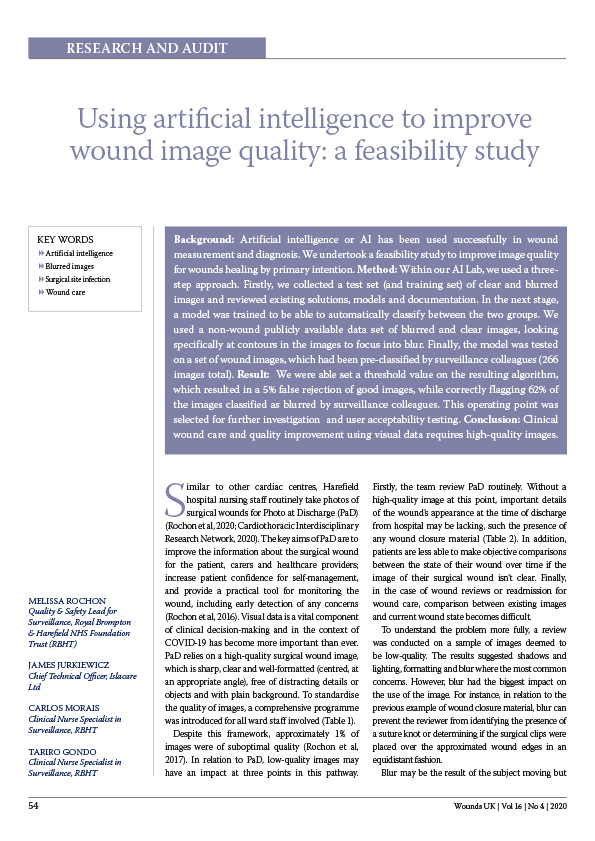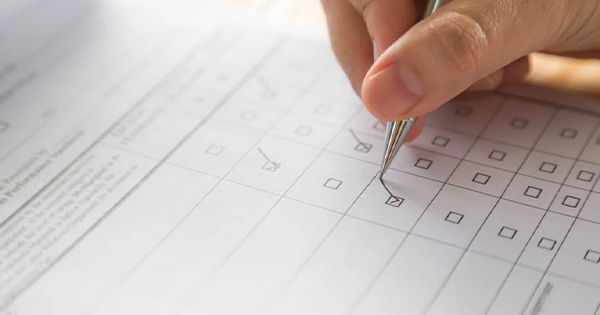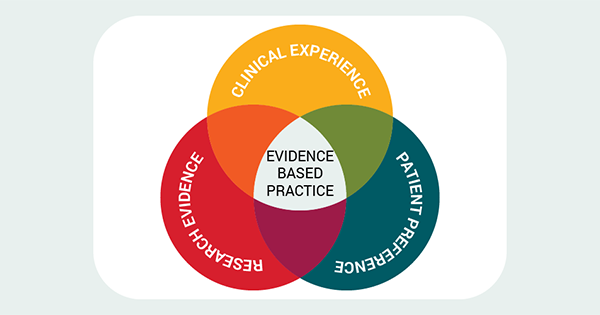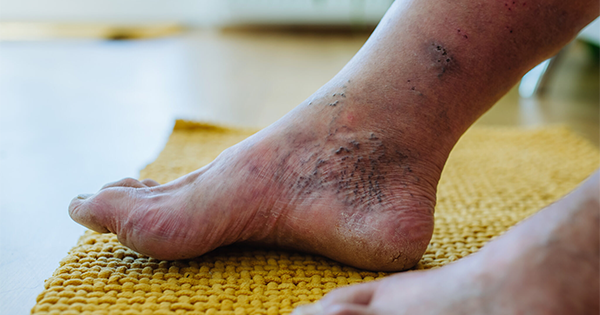Background: Artificial intelligence or AI has been used successfully in wound measurement and diagnosis. We undertook a feasibility study to improve image quality for wounds healing by primary intention. Method: Within our AI Lab, we used a threestep approach. Firstly, we collected a test set (and training set) of clear and blurred images and reviewed existing solutions, models and documentation. In the next stage, a model was trained to be able to automatically classify between the two groups. We used a non-wound publicly available data set of blurred and clear images, looking specifically at contours in the images to focus into blur. Finally, the model was tested on a set of wound images, which had been pre-classified by surveillance colleagues (266 images total). Result: We were able set a threshold value on the resulting algorithm, which resulted in a 5% false rejection of good images, while correctly flagging 62% of the images classified as blurred by surveillance colleagues. This operating point was selected for further investigation and user acceptability testing. Conclusion: Clinical wound care and quality improvement using visual data requires high-quality images.






